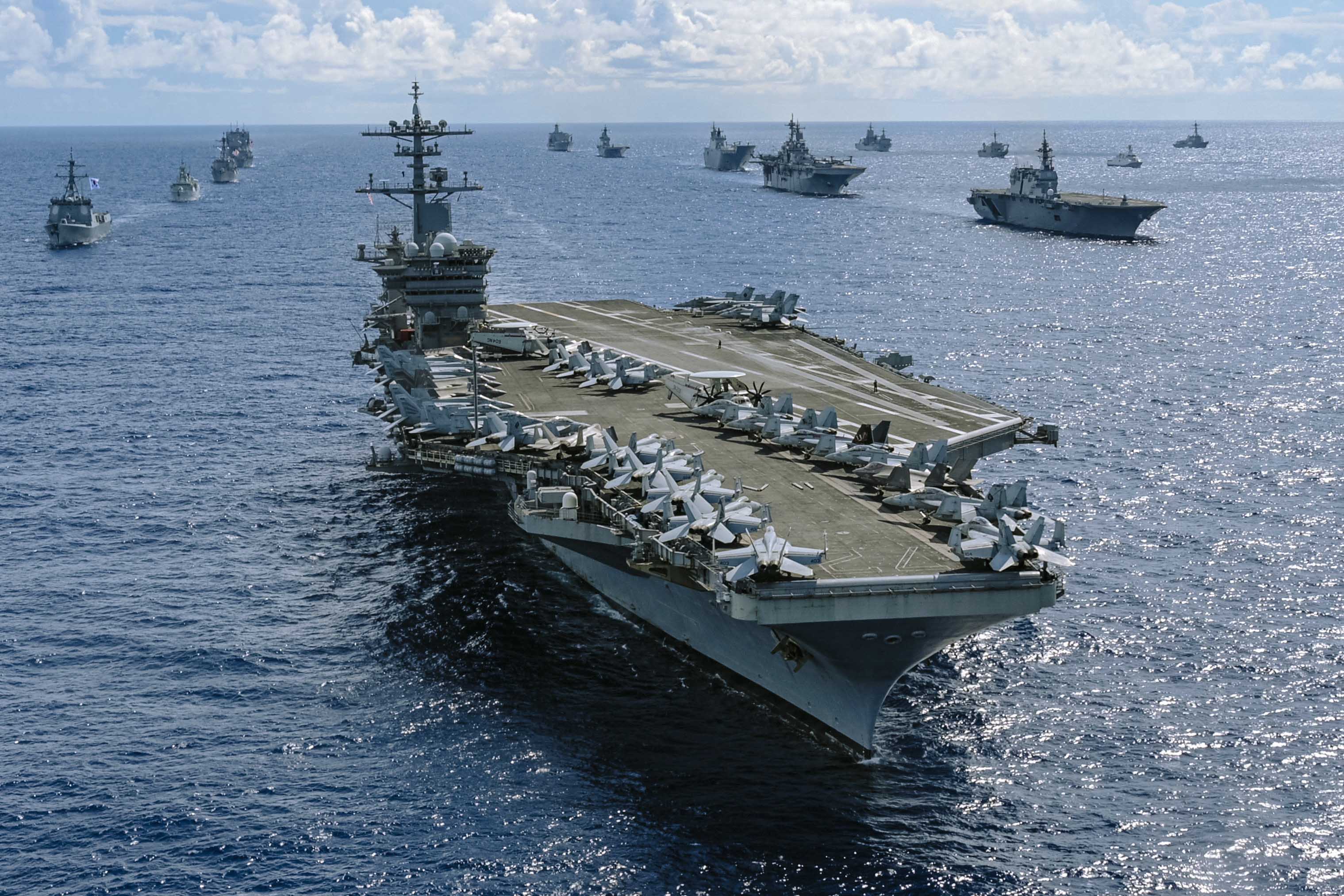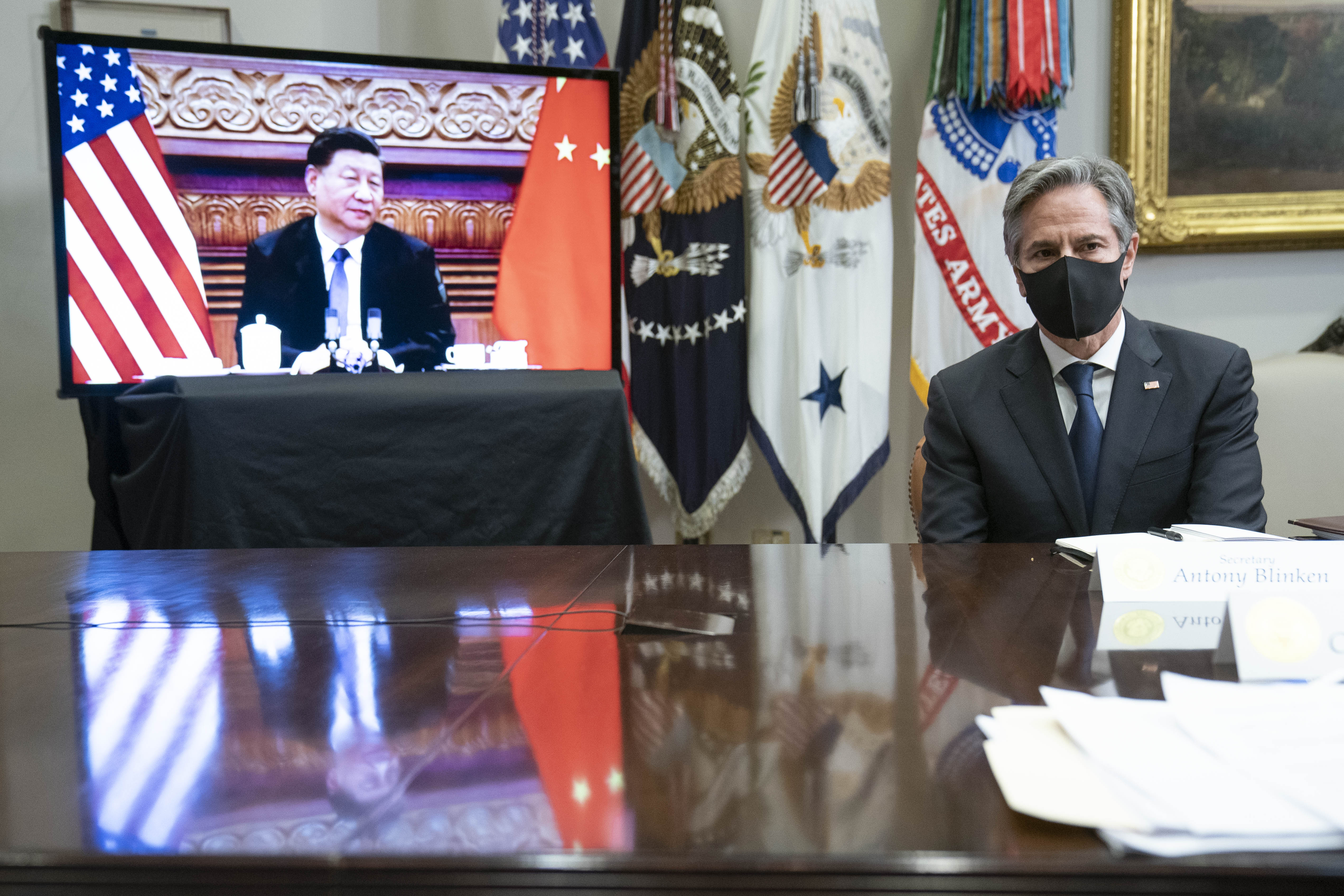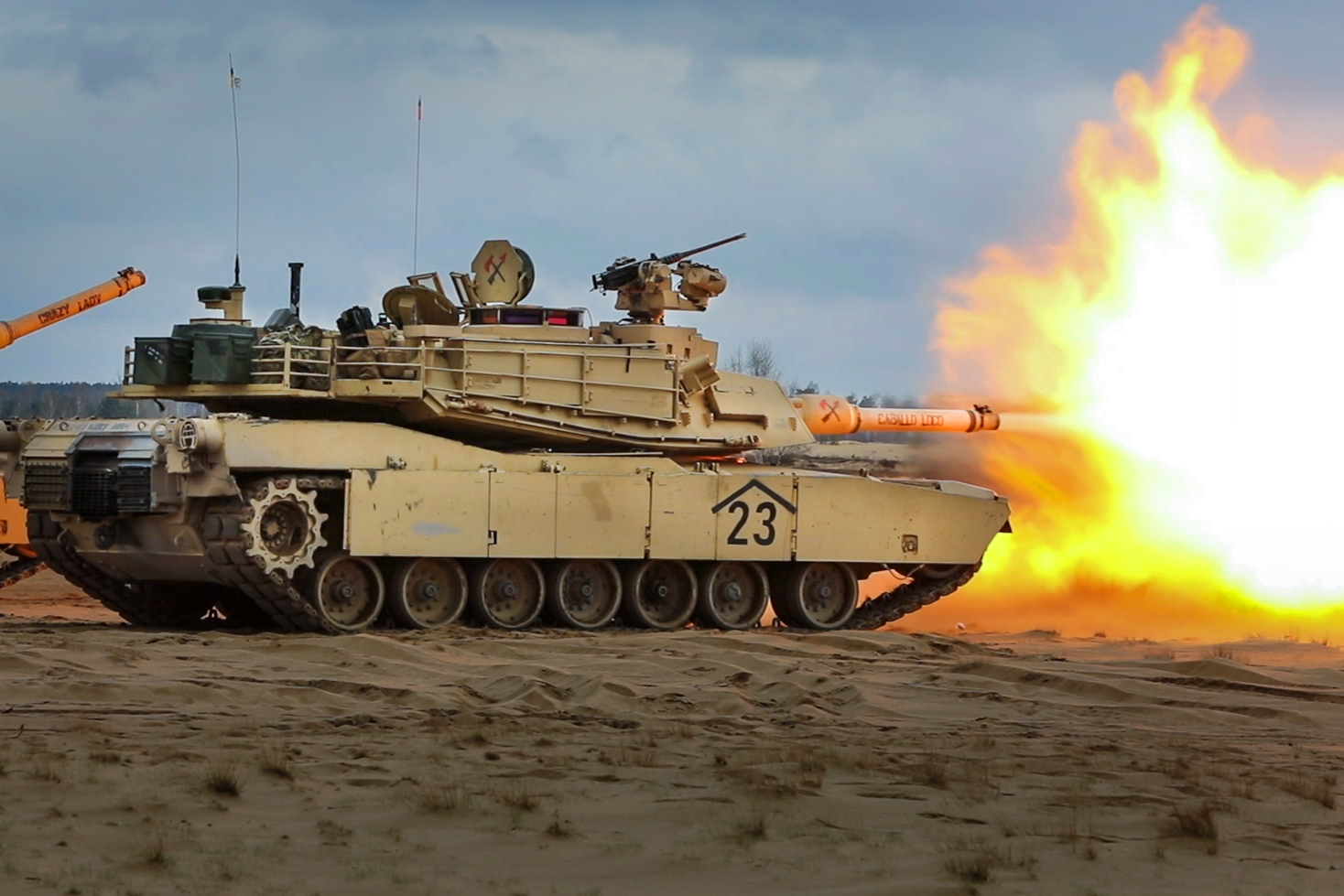China as a Challenge for NATO: Weighing Its Influence on the Collective Defence of the Alliance
NATO has recognised China’s policies as a challenge to Euro-Atlantic security, an area which, according to the North Atlantic Treaty, is the Alliance’s primary responsibility. This designation allows for the strengthening of strategic relations between the U.S. and its European allies, on which the credibility of NATO’s collective defence depends. However, it will be necessary to clarify the division of responsibilities between the U.S. and other allies related to both the defence of the treaty area and wider international security in the face of threats from Russia and China.
 Canadian Armed Forces/ Zuma Press/ FORUM
Canadian Armed Forces/ Zuma Press/ FORUM
At the Madrid summit on 29-30 June, NATO adopted a strategic concept that recognises Russia as the main military threat to the Alliance and gives priority to the collective defence mission. For the first time, an allied document of this rank also includes references to China. The U.S., which views the PRC as its main long-term strategic threat, has been putting pressure on the Alliance for several years to include threats from China in NATO strategy. However, many allies feared that this would strain relations with the PRC, strengthen the Sino-Russian strategic partnership, hamper economic cooperation with China and the prospects of a common fight against such threats as climate change. Therefore, in the 2019 London Summit Declaration, the allies recognised that China’s growing influence and policies presented both opportunities and challenges that needed to be addressed by the Alliance. While this was the first reference to China in NATO documents, the wording used reflected serious differences among the allies. Since then, however, the consensus within NATO on the threats from China has strengthened. This was due to, among others, Chinese propaganda and disinformation during the COVID-19 pandemic, economic pressure on Lithuania over its policy towards Taiwan, and Chinese political support for Russia in its aggression against Ukraine. An important factor was also the fears that the U.S. would focus on the threats from China, and that a decline in NATO’s importance in U.S. calculations would lead to attempts to limit the American military presence in Europe.
China’s Policy as a Challenge
In its strategy, NATO clearly indicates that it does not perceive China as a military threat. However, the allies emphasise that the PRC is opaque about its strategy, intentions, and the development of its military potential. According to the allies, China uses economic, political, and military instruments to increase its global position and its ability to project power. It seeks to control certain industrial and technological sectors, critical infrastructure, strategic materials, and supply chains. It uses economic pressure to make other countries dependent on it and to increase its ability to influence their policies. China tries to undermine the rules-based international order in the space, cyberspace, and maritime domains. NATO states that China’s declared ambitions and coercive policies are a challenge to the interests, values, and security of Alliance member states. By contrast, China’s malicious hybrid operations, cyberattacks, and aggressive propaganda and disinformation target the allies directly and undermine NATO’s security. The deepening partnership between China and Russia, and their mutually reinforcing attempts to undermine the international order, conflicts with the interests and values of the Alliance. China’s development of its nuclear potential and its means of delivery also have a negative impact on the strategic balance.
The allies emphasise that they are ready to act jointly and responsibly to meet the systemic challenges China poses to Euro-Atlantic security and to ensure NATO’s security and its ability to defend its members. To this end, they intend to strengthen their shared awareness, resilience, and preparedness to protect each other from coercion and attempts to divide NATO. The Alliance is to defend its values and the current international order, including freedom of navigation. The European Union is treated as an essential partner of the Alliance in responding to the challenges posed by China to the Euro-Atlantic area. The Indo-Pacific has been described as “important” to the Alliance (as opposed to the “strategically important” Middle East, North Africa and the Sahel) because the situation in the region can directly affect NATO’s security. The Alliance will strengthen cooperation with partners from this region (Australia, Japan, South Korea, and New Zealand) and indicates the possibility of establishing new partnerships. At the same time, NATO is ready for constructive engagement with China, which could, among others, lead to reciprocal transparency. It also points to the possibility of talks on arms control and risk reduction.
The Political and Operational Importance of the Strategy
The strategy is primarily of political importance and its aim is to strengthen the transatlantic ties. While NATO’s primary mission is the defence of its own territory and populations, the Alliance has broadened its ability to respond to other threats since the end of the Cold War. In this way, despite differences in threat perception between the allies, NATO strengthens the sense of security of all members and increases the importance of the Alliance for the United States, whose military potential and presence in Europe is crucial for the credibility of collective defence. As NATO strengthens deterrence and defence against Russia after a period of crisis-response missions and the fight against terrorism, maintaining U.S. engagement in the Alliance and European security is fundamental.
The adoption of the strategy makes it possible to develop new, more balanced burden-sharing between the U.S. and other allies related to the protection of the international order. As NATO is a regional organisation and the collective defence mission is limited to the Euro-Atlantic area, the allies have vowed to take greater responsibility for defending their territory against threats from Russia. At the same time, the Alliance is ready, together with the EU, to limit China’s ability to exert negative influence in the Euro-Atlantic area. Consequently, the U.S. could focus on the military containment of China, but at the same time guarantee military support for Europe at a level sufficient to carry out the collective defence mission in response to aggression from Russia.
NATO does not present China as a threat to the Euro-Atlantic area, as the Alliance must focus on strengthening its capabilities against Russian military aggression, and the member states want to maintain opportunities for dialogue and cooperation with China. Nevertheless, when working on the practical implementation of the strategy, it may be in the interest of the U.S. to convince the allies to respond to the challenges from China through collective defence mechanisms. This would allow strengthening of deterrence against hybrid actions and cyberattacks, which according to the NATO doctrine, may lead to the invocation of Art. 5. of the North-Atlantic Treaty (one for all, all for one). The U.S. would also be able to put additional pressure on its allies to develop the naval capabilities necessary for the defence of sea lines of communication. In this way, the Alliance could additionally increase its contribution to the collective defence in the Euro-Atlantic area, which requires, among others, the deployment of significant forces from the U.S. to Europe by sea. But the bigger potential of European allies would also increase their ability to support U.S. and regional partners in the Indo-Pacific, even if outside NATO structures.
Perspectives
The adoption of the new strategy should make it easier to counter the accusations that regularly return in the U.S. that NATO does not sufficiently support American security. However, minimising the risk of political tensions in transatlantic relations will require clarification of the new division of responsibility between the U.S. and the rest of its allies. This should be done during the work commencing on the implementation of the strategy, which requires strengthening of defence and deterrence against Russia and resilience against China. Some allies will fear that connecting challenges from China with NATO collective defence mechanisms will give the U.S. additional opportunities to pressure the Alliance to become militarily involved in the Indo-Pacific during a potential war in the region. However, due to the geographical limitations of Art. 5 and the way NATO’s strategy describes threats and priorities, the possibilities for such pressure will be limited. The allies will also be concerned they would be under pressure to build up their navies at a time when the main challenge is to strengthen defence and deterrence against Russia, which requires investments in land and air capabilities. Poland and other Eastern Flank countries, however, could consider supporting such initiatives in return for increased U.S. military presence in Europe as part of NATO’s new force structure to be agreed at next year’s summit in Vilnius.




(1)_sm.jpg)
